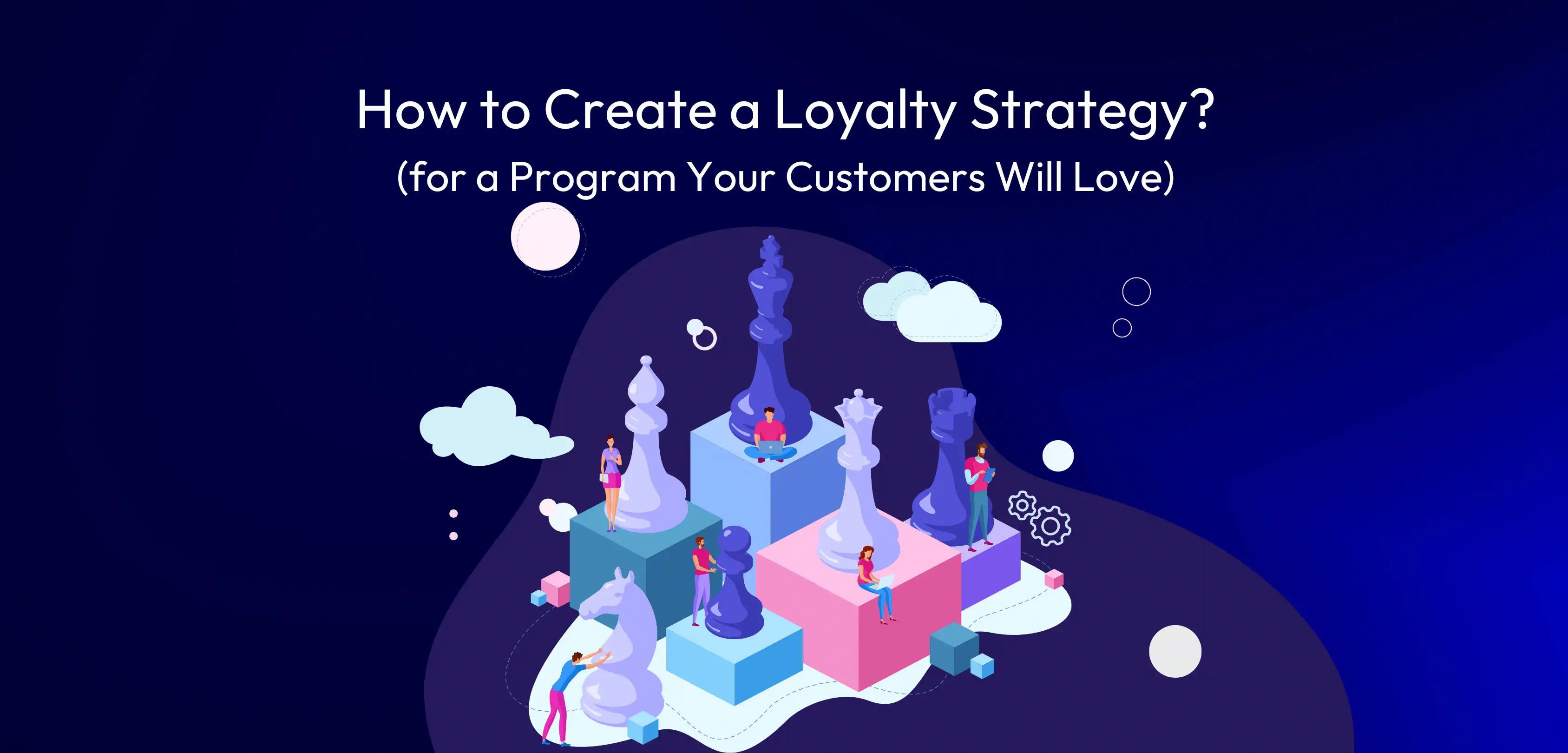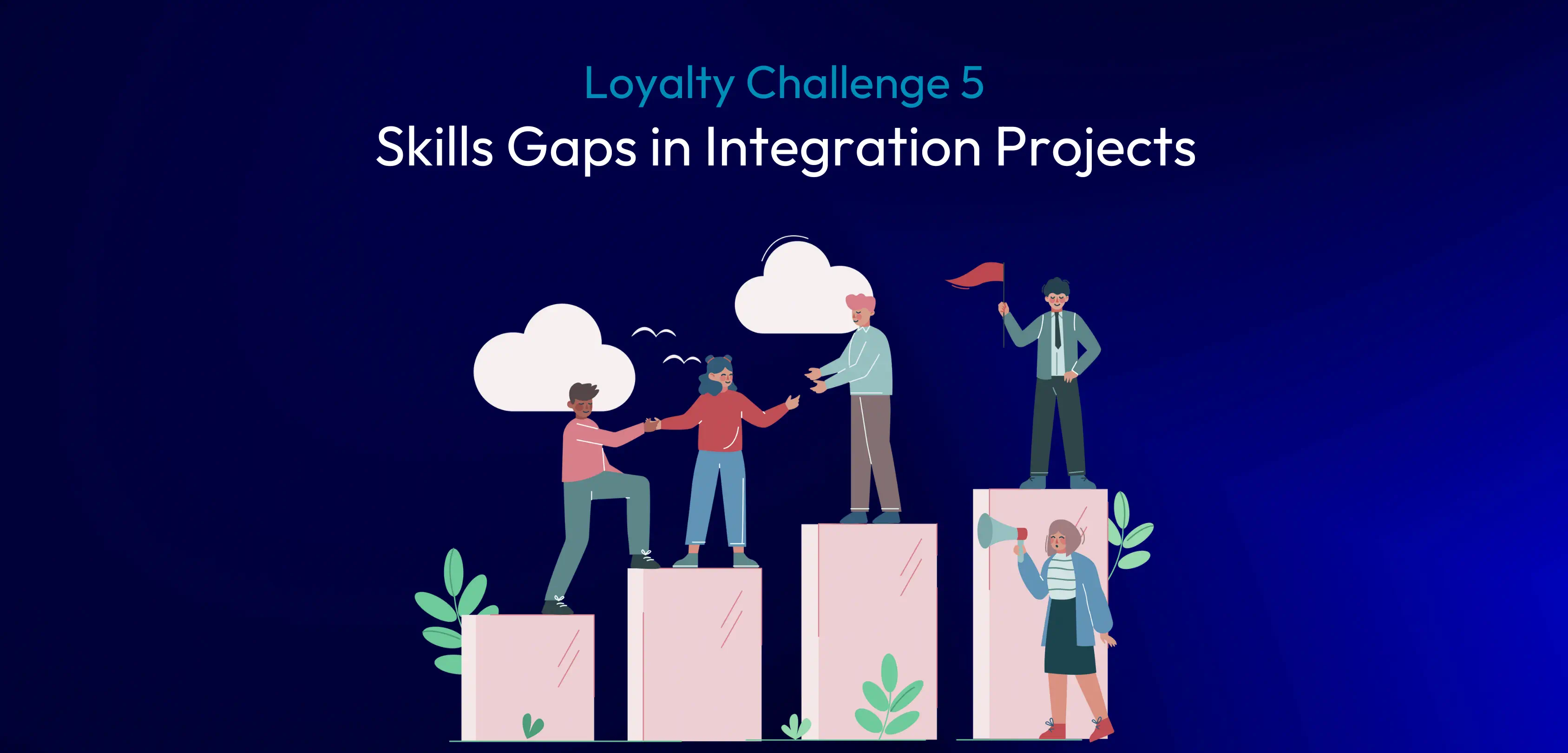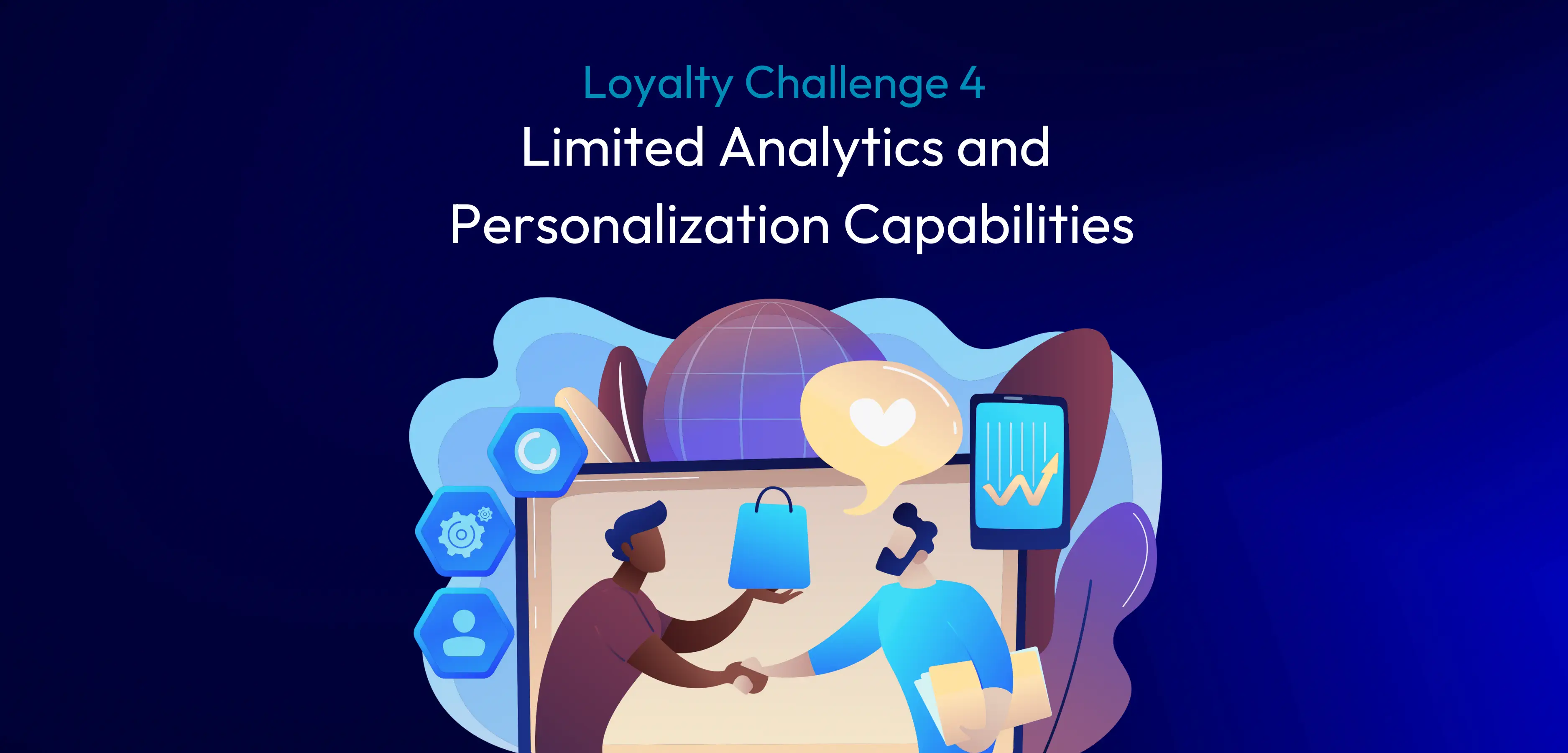So, you have your grand plan of either launching or revamping your rewards program in place - a thoughtful strategy designed to make your clients feel special. You’ve done your homework: signed up for all your competitors' programs, reached the 8th page on Google results for all loyalty-related queries, watched webinars, and read articles and reports.
A couple of months and countless presentations to your CFO later, you managed to secure the high-level budget. Champagne's popping.
The time has come to start turning the vision into reality and begin the conversation with your technology team to draft an implementation plan. After a couple of “do we really need this?” discussions, hopefully, someone threw out a key question: “how will this integrate with our stack?”
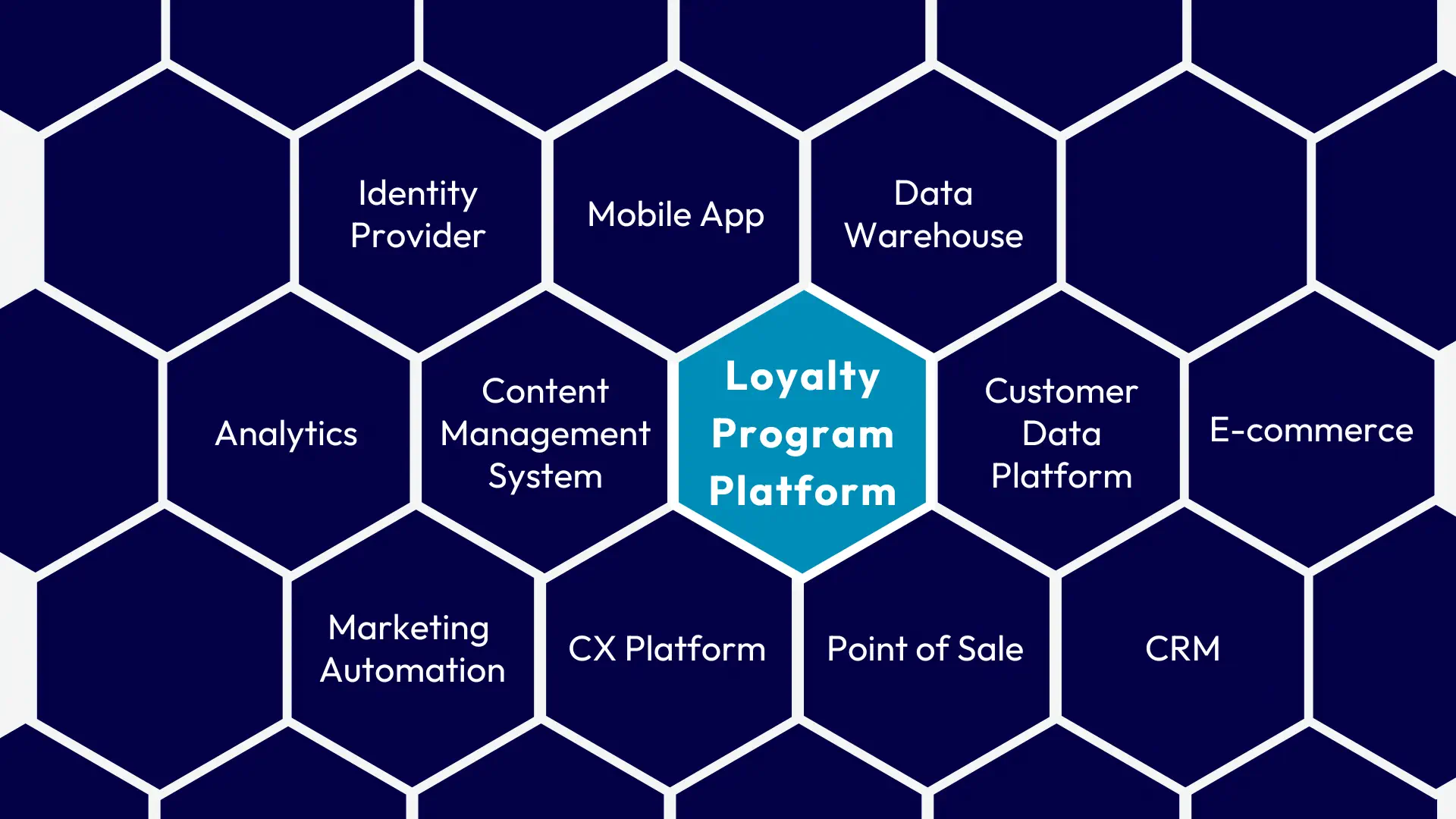
If you want to surprise your tech team and make them feel like “Oh wow, they actually do have it figured out” and quickly move to the next phase of the project, here are six things you should consider when integrating your loyalty system with the rest of your technology stack:
Combining online and offline channels data
For companies solely in the digital or traditional brick-and-mortar world, consider yourselves lucky. You've dodged a tricky integration bullet – for now. But here's the catch: even if that's your current reality, the retail landscape is rapidly shifting towards omnichannel experiences, with digital channels becoming an ever-larger slice of the pie - check out this post on the phygital revolution in retail for more.

Source: Emarketer.com
Managing multiple transaction and interaction channels raises a critical question: how will you identify loyalty members across all of them? Additionally, how to ensure they can seamlessly use loyalty recognition and benefits earned online in offline interactions, and vice versa. This is where the true integration fun begins.
Modern loyalty platforms typically handle identifier generation and management with ease. However, the real challenge lies in recognizing these identifiers across different channels. Online and e-commerce contexts offer a smooth path with web API-based integrations. Traditional retail Point-of-Sale (POS) integration, however, requires more attention, budget, and planning.
Legacy POS systems are infamous for being integration black holes. This comment on Reddit sums the POS landscape nicely (despite being 8 years old):
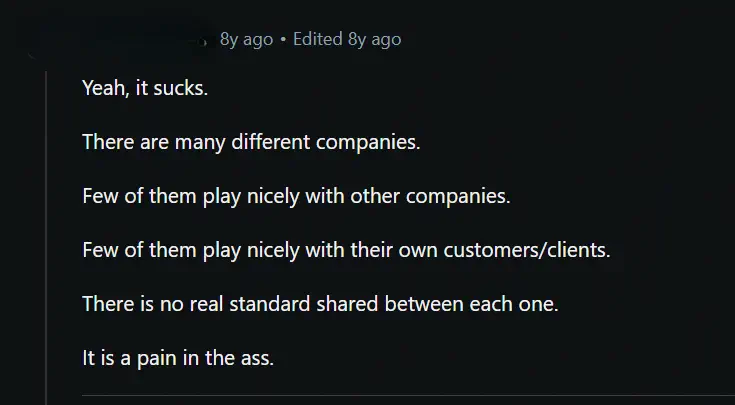
The same goes with applying loyalty promotions. Whether it's a coupon, discount, tier benefit, or a challenge, each requires careful consideration and integration design to function flawlessly across channels.
Creating and maintaining a golden customer record
While loyalty platforms can enrich your customer profile with program-specific details like points, tiers, benefits, and campaign participation, they typically shouldn't house the entire customer record. This is because the true value of loyalty data lies in its ability to be compared and analyzed alongside other customer data points.
For this reason, the ideal approach is to integrate loyalty data with a central repository like a Customer Data Platform (CDP) or your data warehouse. These systems act as the single source of truth for your customer information, allowing you to create a unified customer view. This view incorporates not just loyalty data, but also details from other touchpoints like purchase history, website behavior, and past interactions with your brand. This Martech.org article goes into detail about CDPs and the mythical ‘single view’ of the customer.
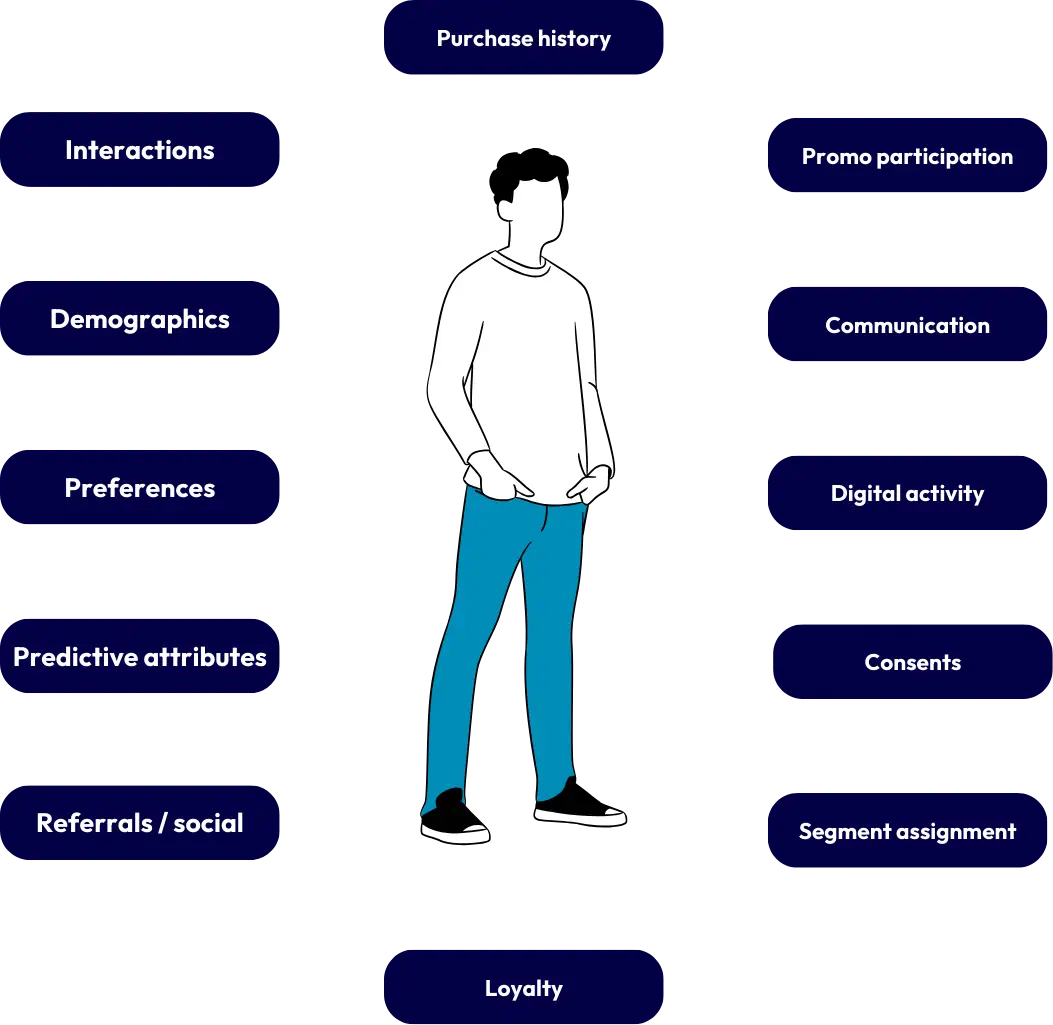
By integrating loyalty data into this central system, you unlock the power of rich customer analytics. You can compare loyalty behavior to non-loyalty data to identify trends and develop targeted strategies. For instance, you might analyze which customer segments are most engaged in your loyalty program and tailor campaigns accordingly.
However, the benefits extend beyond data analytics. A central data repository also ensures that customer data collected or activated across any system in your technology stack can be used to trigger or target loyalty campaigns. This creates a seamless experience where loyalty data becomes the fuel that personalizes your marketing efforts and drives customer engagement.
Communication / Marketing Automation integration
Another major pitfall to avoid when implementing a loyalty program and its technology is siloed customer communication. Imagine the loyalty platform handles transactional messages (e.g., points earned or reward redeemed notifications) while marketing campaigns blast out emails from a separate system. This approach leads to a lack of control, bombards customers with repetitive messages, and ultimately increases unsubscribe rates.
The ideal setup utilizes a single marketing automation platform as the central hub for all outbound communications. It should include both transactional loyalty messages and marketing campaigns. This fosters a unified customer experience, aligning with the concept of a "golden customer record" – a single, holistic view of each customer across all touchpoints.
When outlining integration requirements to your tech team, prioritize the ability to link your marketing campaigns with loyalty data. This empowers you to track key metrics like member response rates and identify the most effective communication channels.
Data Warehouse / Analytics
Loyalty program implementations often fall into the trap of treating data analytics and reporting as non-critical for launch. While evolving requirements during the project are understandable, delaying data analysis entirely harms your ability to measure program’s success.
At minimum, prioritize tracking KPIs from program go-live. This could include metrics like loyalty uplift, customer lifetime value (CLTV) differences, and average basket size variations between loyal and non-loyal customers. The key task here is to be able to tell your tech team what data will need to be pulled from the loyalty program to allow calculating these metrics.
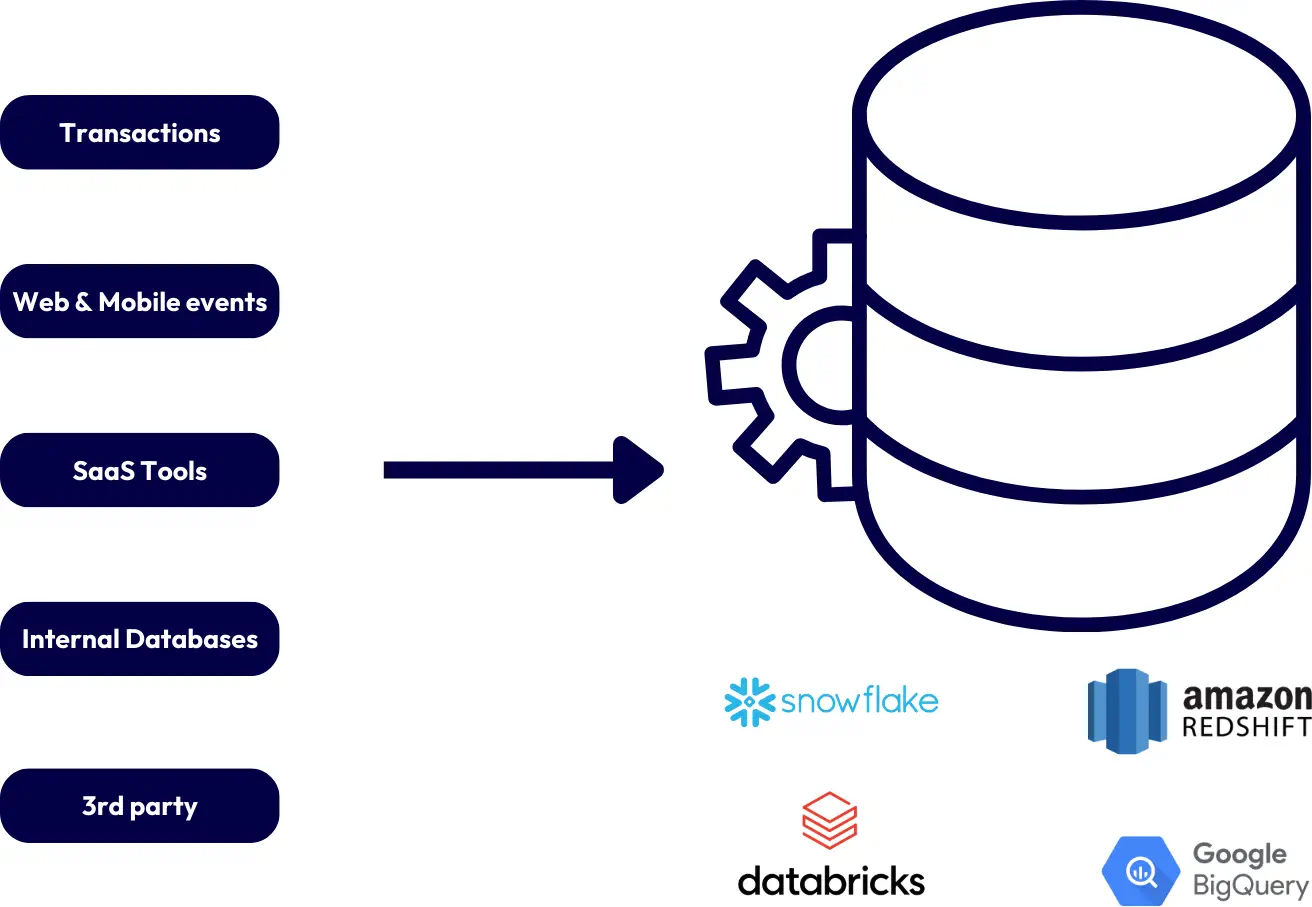
Demonstrating these early on equips the loyalty team to showcase the program's contribution to broader company goals, ultimately driving revenue growth.
Managing loyalty member identity & credentials
One of the most overlooked aspects of loyalty system design is selecting a platform to securely store member credentials for accessing digital channels like mobile apps (either loyalty-specific or multipurpose), loyalty microsites and so on. While passwordless authentication is gaining traction, some sensitive data will always require secure storage, including personal information, access tokens, etc.

This is where all of the hardcore security and compliance regulations come into play, along with the often-difficult challenge of migrating member identities and credentials between solutions. These factors elevate the decision of where and how to manage member identity and credentials to a critical one within your loyalty ecosystem.
The ideal solution is to adopt a dedicated Customer Identity and Access Management (CIAM) system. Most CIAM systems offer built-in support for multi-factor authentication and federated social logins, further enhancing security. Additionally, some CIAM solutions can manage consent data and integrate it with Customer Data Platforms (CDPs) for future use. Implementing a dedicated CIAM streamlines the entire loyalty and customer data setup, ensuring compliance and robust security from the ground up.
Manual processes in the loyalty promotion workflow
Throwing money at system integration isn't enough. Imagine loyalty program users resorting to manual copy-pasting between systems or running batch jobs just to synchronize data for daily tasks. While some manual processes might be necessary for quicker program launch, a red flag goes up if setting up or modifying promotions takes more than a couple of hours or requires constant IT involvement even after months of operation.
The ideal state? A fully automated loyalty promotion workflow.

- Low/no-code promotion creation: Empower users to build promotions with minimal technical expertise.
- Targeted audience selection: Easily define the member segments who will receive the promotion. No copy-paste between systems.
- Promotion testing and launch: Smooth promotion rollout without manual intervention.
- Automated performance reporting: Gain insights into promotion effectiveness.
Eliminating manual processes is crucial for scalability, error reduction, and long-term efficiency. This can only be achieved by prioritizing integration during the entire implementation project, not just the initial setup.
Conclusions
By prioritizing these five key areas – combining online and offline channel data, creating a central customer record, unified communication, data analytics, and secure member identity management – you'll avoid common pitfalls and lay the groundwork for a successful program launch.
There's obviously more to the loyalty integration story than we can cover here. That's why we partnered with Antavo, an enterprise Loyalty SaaS provider, to create a comprehensive Loyalty Tech Integration Report coming this summer (2024).
If you've made it this far, please visit the Loyalty Tech Integration Survey (it literally takes 5 minutes to fill). By participating, you'll be among the first to receive the report.



